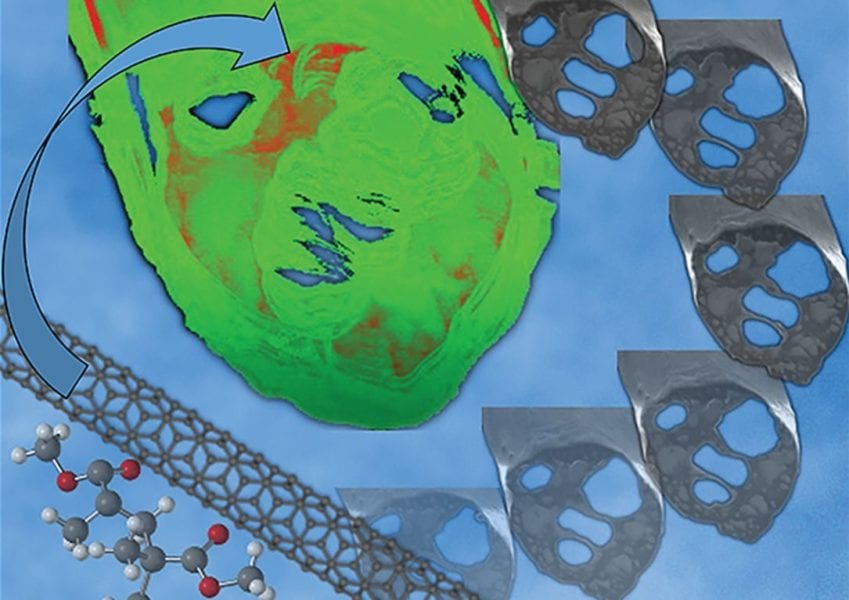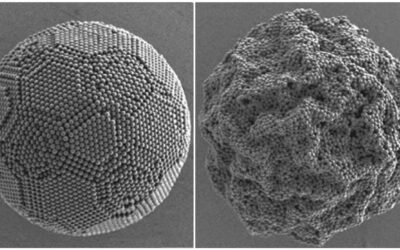 Some of the advantages which have made electrospinning technologies an extraordinary success in the broad field of macromolecular sciences include a very good throughput, low production costs, chemical versatility, achievable materials with tailored physical properties, including porosity, fiber size, as well as optical, electronic, mechanical, and bio-functional characteristics. These benefits also render nanofibrous materials more and more interesting for the polymer industry.
Some of the advantages which have made electrospinning technologies an extraordinary success in the broad field of macromolecular sciences include a very good throughput, low production costs, chemical versatility, achievable materials with tailored physical properties, including porosity, fiber size, as well as optical, electronic, mechanical, and bio-functional characteristics. These benefits also render nanofibrous materials more and more interesting for the polymer industry.
The present special issue of Macromolecular Materials and Engineering was guest-edited by Luana Persano, Andrea Camposeo, and Dario Pisignano (Institute of Nanoscience Pisa and Università del Salento) and collects contributions from leading groups in the electrospinning field, aiming to give an overview of most recent findings from laboratories and companies in 13 countries.
The issue includes two Review articles, one focusing on high-performance chemiresistive and optical sensors, work led by the group of Prof. Il-Doo Kim at KAIST, and one focusing on printed, conductive nanowires, which are highly promising building blocks for forthcoming organic and flexible electronics, work led by the group of Prof. Tae-Woo Lee at POSTECH.
Read here for free the Essay by Luana Persano, Andrea Camposeo, and Dario Pisignano:
“Advancing the science and technology of electrospinning and functional nanofibers”
and, for a limited time, also the two Review articles:
“Electrospun Nanostructures for High Performance Chemiresistive and Optical Sensors”














